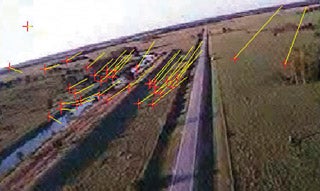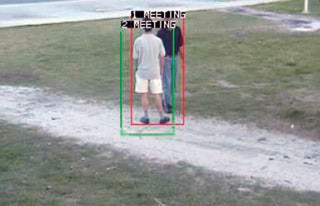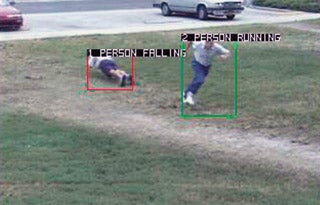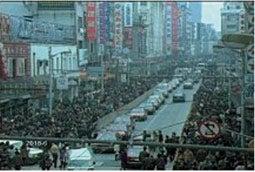
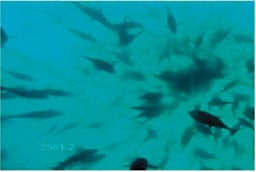
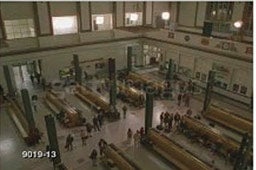
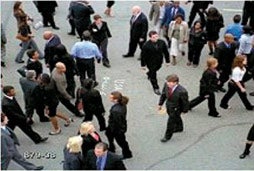
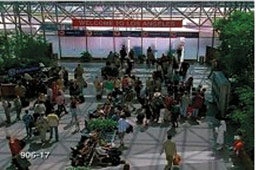
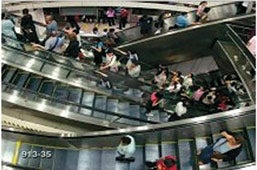
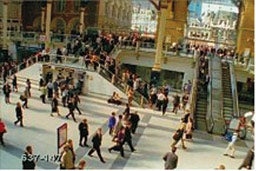
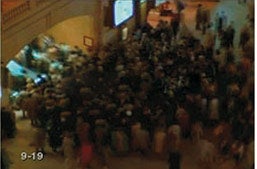
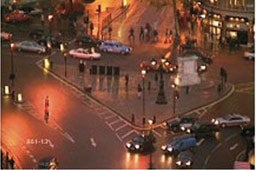
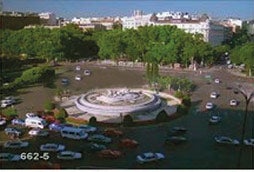
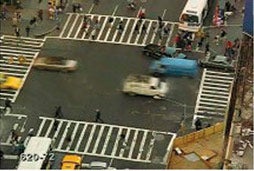
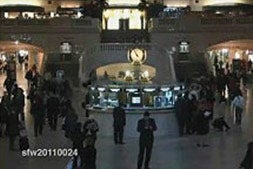
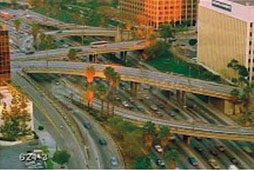
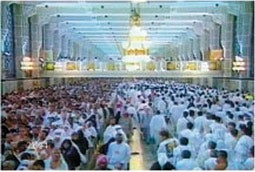
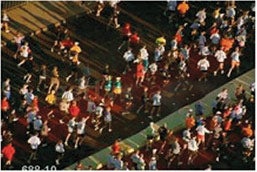
Worldview
The future of computer vision is changing, but where is it going?
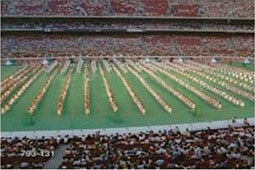
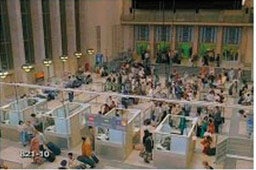

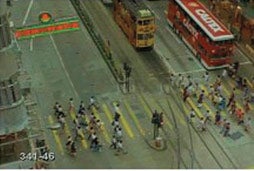
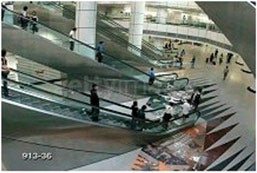

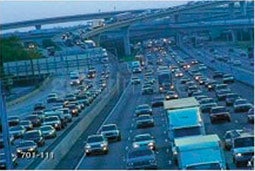
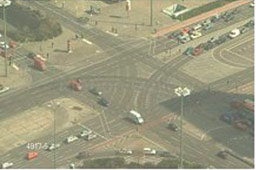

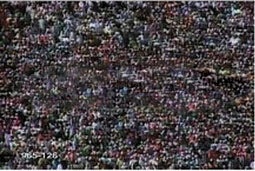
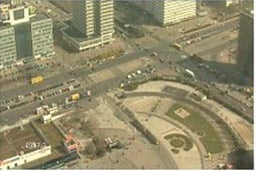

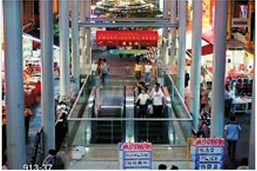
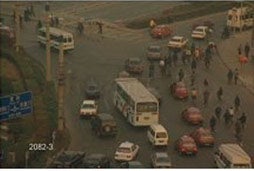
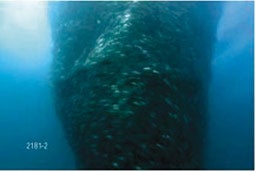
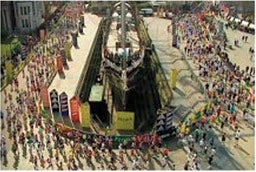
Most people are computer vision consumers. If you’ve undergone an MRI, been fingerprinted for a background check or viewed images of Mars taken from the Curiosity rover, you’ve engaged in a computer vision activity — all dominated by computers that are preprogrammed to solve a particular task.
Computer vision tasks run the gamut — from medical to machine to military — and vary from preprogrammed assignments to the challenging task of getting computers to learn as they go.
At their most formidable, computer vision tasks require computers to look, see, interpret and report back.
Meet Dr. Shah
“I was born in the small village of Lakhi Ghulam Shah, which was named after my grandfather in the Sindh province of Pakistan,” says UCF Professor Mubarak Shah. “We had no electricity, no running water, no sewage system and no telephone. When telephones did come to my village, our phone number was 1.
“My older brother was the first computer science Ph.D. in Pakistan, and he opened up higher education doors for me.”
Since 1986, Shah, who earned his Ph.D. at Wayne State University, has been UCF’s go-to computer vision expert.
In fact, there are only five people in the world whose computer vision work has been read more over the last five years.
Global Destination
The Center for Research in Computer Vision (CRCV) delivers high-quality research and attracts top students and researchers to UCF.
“Last year, I received more than 500 emails from 150 future doctoral students from all over the world who wanted to join our computer vision program,” says Shah.
Mikel Rodriguez, Ph.D., ’10, says, “While at the computer vision lab, Dr. Shah required us to work on large messy video data sets that were representative of real-world conditions. Writing computer vision algorithms helped me in my current position.”
“It’s humbling to work with students,” says Shah. “They’re so smart, and as each new class comes in, I’m reminded of how little I actually know. However, roughly 30 percent of students leave because they cannot keep up with the expectations and amount of effort required.”
Today, Shah’s team includes 25 Ph.D. students, the largest Ph.D. student staff at UCF.
Worldwide Mission
“My first written proposal was for a new National Science Foundation (NSF) program — Research Experience for Undergraduates,” says Shah. “It was funded for $44,000 — more than my nine-month salary! Since then, UCF has received continual NSF funding for 25 years, totaling $2.5 million. And students from more than 35 institutions have studied computer vision at UCF because of this funding.”
“Dr. Shah’s constant efforts to introduce our research to internationally acclaimed scholars resulted in UCF becoming a part of an elite research network that provides unprecedented opportunities,” says Alper Yilmaz, Ph.D., ’06
“You learn more in sharing than withholding knowledge,” says Shah. “Science is a noble art; it is for public good. Researchers care a great deal about people and solving real-world problems.”
“The CRCV puts UCF in a position to capture major grants in this developing research area and support more local industries that can benefit from the technology,” says M.J. Soileau, vice president of UCF’s Office of Research and Commercialization. “We want to build on Dr. Shah’s expertise and be in the forefront of this important field.”
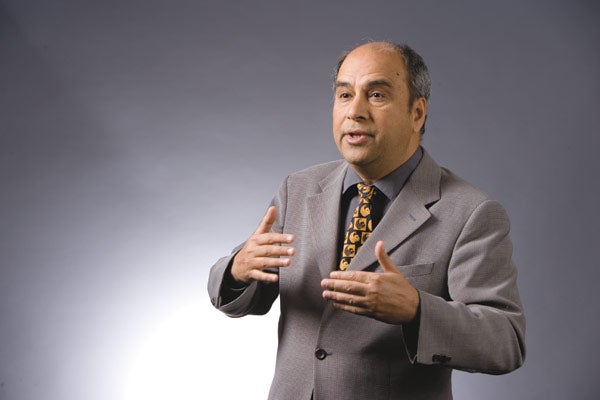
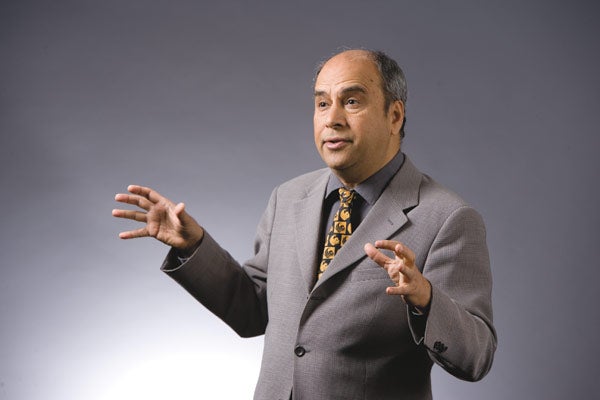
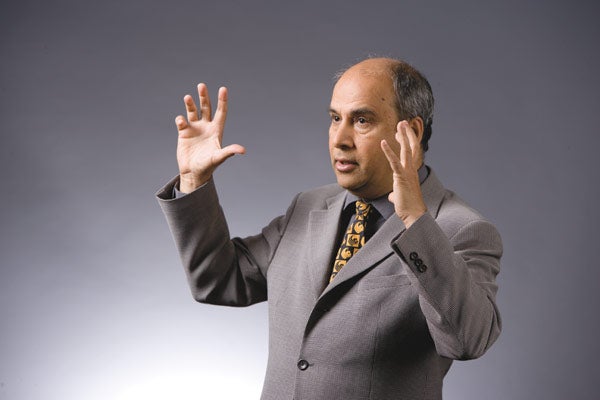
Dr. Mubarak Shah, College of Engineering and Computer Science
“It’s humbling to work with students. They’re so smart, and as each new class comes in, I’m reminded of how little I actually know.”
This wide-area surveillance video screencap demonstrates vehicle tracking in a high-density traffic scene.
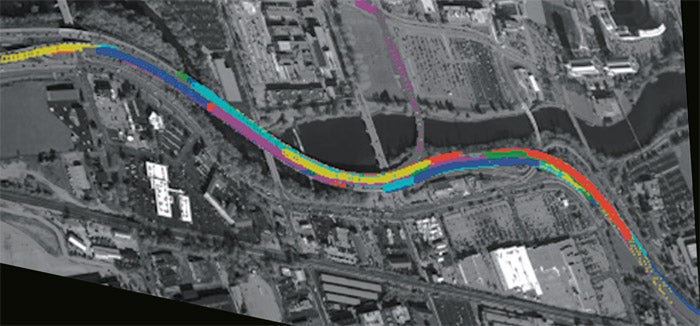
John Rush, chief of the Air Force Intelligence, Surveillance and Reconnaissance Division of the U.S. National Geospatial-Intelligence Agency, says, “The deluge of video data from unmanned aerial vehicles (UAVs) is likely to get worse. By next year, a single new Reaper drone will record 10 video feeds at once, and the Air Force plans to eventually upgrade that number to 65. We project that it would take an untenable 16,000 analysts to study the video footage from UAVs and other airborne surveillance systems.”
“We project that it would take an untenable 16,000 analysts to study the video footage from UAVs and other airborne surveillance systems.”
“That’s where computer vision can play a very crucial role,” responds Shah.
“The fact that we have earned millions of dollars in research funding creates more million-dollar opportunities,” says Shah. “Funding for computer vision projects is very tough, very crowded, and it takes lots of effort to compete and to win.”
The College of Engineering and Computer Science, where Shah works, received more than $17 million in research funding last year — the largest amount among UCF’s 12 colleges.
Among other tasks, Reaper drones allow analysts to determine motion patterns and activities.

On Display
If It’s Easy, It’s Already Been Done
“Computer vision today addresses big questions and hard problems that impact our quality of life, including our health and security,” says Shah. “It’s becoming increasingly common for computers to learn as they go, but we are stretching the limits of our expertise. The solution is to work with researchers at multiple institutions around the globe.”
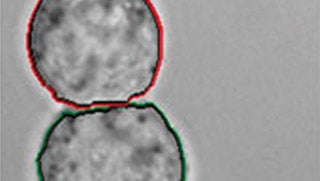
Medical Image Processing: National Institutes of Health, Maryland
“We worked jointly with Florida Hospital and Orlando Health to develop an automated system for measuring the size of a brain tumor in MRI scans. Preliminary test results show automated analyses are up to 90 percent as accurate when compared to the analyses provided by radiologists.”
Crowd Management: University of Milano-Bicocca, Italy
“UCF is experimenting with Milano’s modeling and simulation techniques to support crowd management in public spaces. Their work includes an analysis of the dynamical formation of crowds and pedestrians and the related influence of multicultural issues.”
Transportation Infrastructure and Crowd Management: Center of Research Excellence in Hajj and Omrah, Saudi Arabia
“With our input, Hajj CORE has collected videos and Kinect data for UCF research experiments, including identifying behavior in crowd flow in cases of bottlenecks and distress situations.”

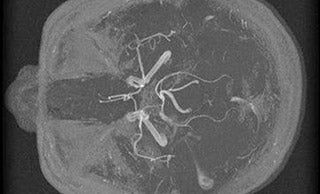
Medical Computer Vision: IBM, New York
“In another collaborative project, we developed an automatic method for identifying attention deficit hyperactivity disorder patients from MRI scans. IBM has filed a joint patent with UCF.”
Video Surveillance: Orlando Police Department
“In a joint project with UCF criminal justice professor Raymond Surette, we built and installed the KNIGHT surveillance system. Developed to help the Orlando Police Department with electronic patrol, KNIGHT detects significant changes, events and activities. It uses computer vision, flags significant events and presents a summary of activities to a monitoring officer for final analysis and response decision.”
Geotagging: UCF
“Using ‘Where am I?’ we can match a camera phone photo or video with millions of geotagged reference images to determine your location. For now our locations are limited to Orlando, Pittsburgh and parts of New York.”
Pedestrian Dynamics: University of Wuppertal, Germany
“We are working with the Institute for Advanced Simulation and Jülich Supercomputing Centre to study pedestrian dynamics. Studies include evaluation of escape routes in the context of crowd management and the optimization of pedestrian facilities for urban development.”
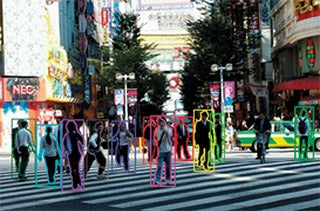
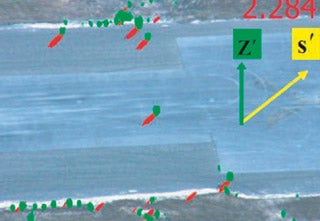
Video Analysis: U.S. Department of Homeland Security, Washington, D.C.
“For two years, we provided crowd density video analysis using data recorded from Boston Logan International Airport through its new high-resolution 360-degree video sensor developed by the MIT Lincoln Lab and Pacific Northwest National Lab.”
Aerial Video Analysis: Defense Advanced Research Projects Agency, U.S. Department of Defense, Washington, D.C.
“We partnered with Lockheed Martin Missile and Fire Control for the VIRAT program and with Kitware (a company co-founded by a UCF alumnus) for the PerSEAS program, and developed new algorithms for aerial video analysis.”
